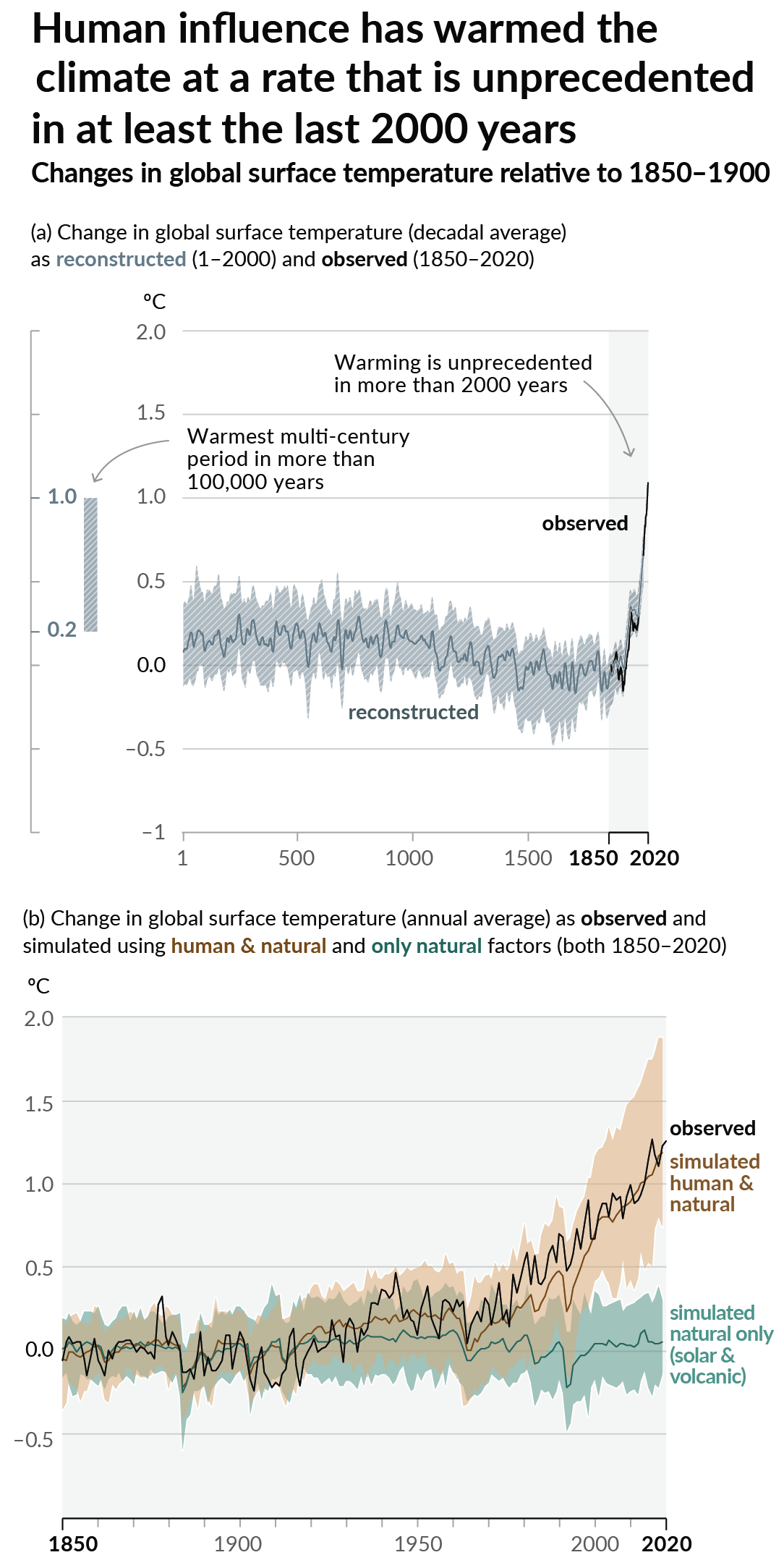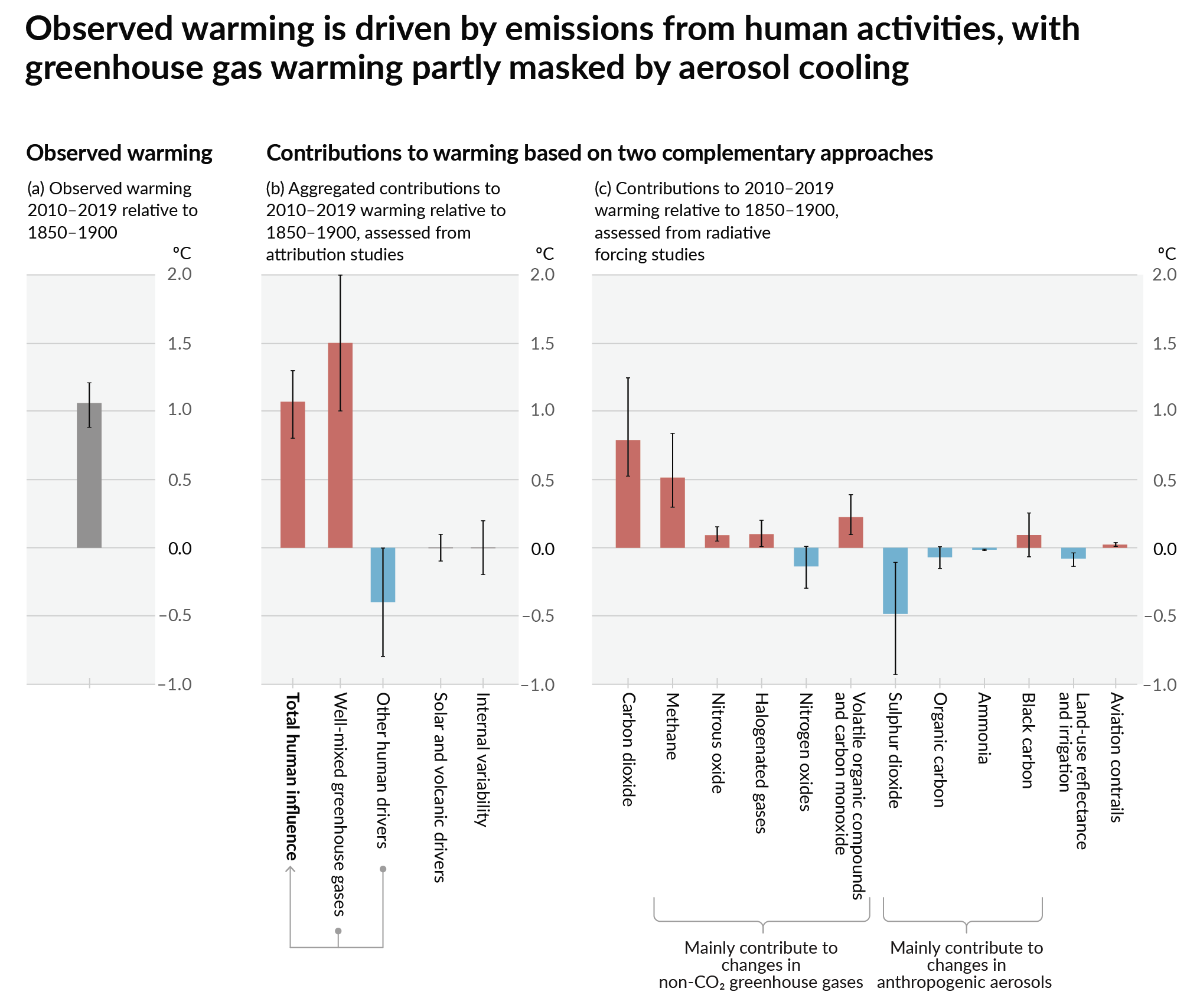The garments that have the least impact are definitely the thrifted ones, even if originally produced in the most polluting method possible. Used > new even if the new clothes were made from the most regeneratively grown cotton and stitched by well paid workers. Textiles contribute to 10% of global emissions, cotton is a very demanding crop and the production process itself can be quite nasty.
linen can have issues too, depending on how it is retted. Im not a fan of bamboo based viscose either. Wool is awesome but $$. Which other fibres are more environmentally sound?
Honestly not sure. You can buy fancy American grown cotton which I presume has slightly more stringent environmental regulations and fewer human rights violations involved in its production. Then there’s synthetics which have their own host of issues. I think you’re better off buying quality clothing that will last instead of fast fashion that you don’t keep for long.
Climate - truthful information about climate, related activism and politics.
Discussion of climate, how it is changing, activism around that, the politics, and the energy systems change we need in order to stabilize things.
As a starting point, the burning of fossil fuels, and to a lesser extent deforestation and release of methane are responsible for the warming in recent decades:

How much each change to the atmosphere has warmed the world:

Recommended actions to cut greenhouse gas emissions in the near future:

Anti-science, inactivism, and unsupported conspiracy theories are not ok here.